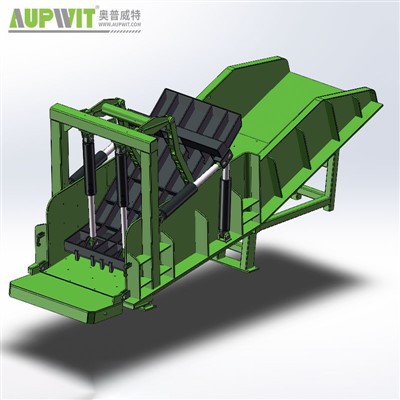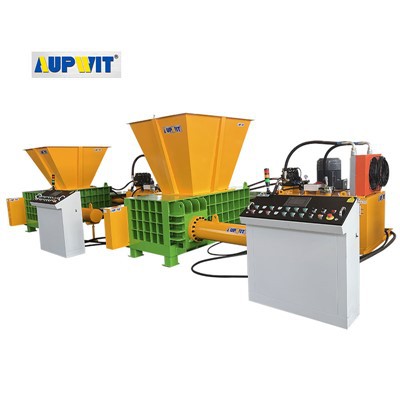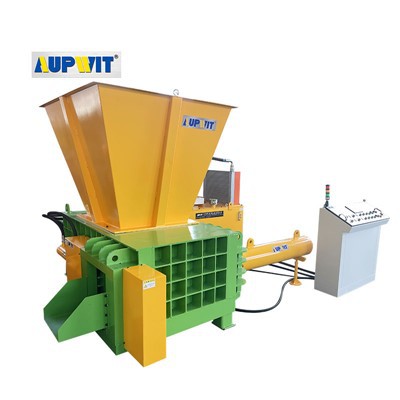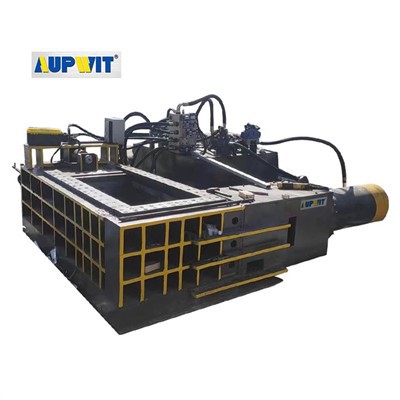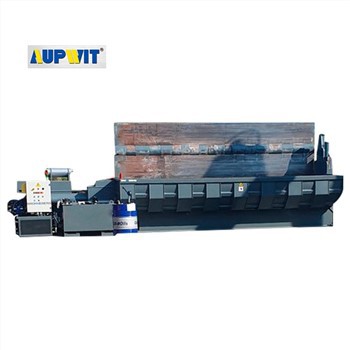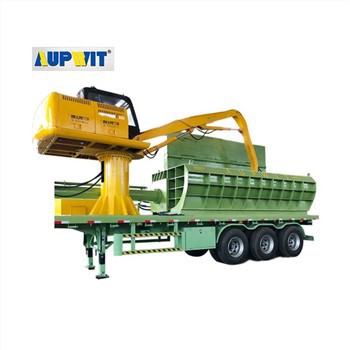Vertical Tire Baler Efficiency Guide
Improving the efficiency of a vertical tire baler involves optimizing operations, maintaining equipment, and streamlining workflows to maximize throughput while reducing downtime.
Optimize Loading Practices
- Feed tires in a consistent, uniform manner to prevent jams
- Load tires in layers, arranging them to fill gaps for better compression
- Pre-cut or break down larger tires to speed up loading when possible
- Avoid overloading which forces the machine to work harder
Maintain the Hydraulic System
- Check fluid levels daily and replace filters monthly
- Use high-quality hydraulic fluid rated for the baler's specifications
- Lubricate moving parts weekly to minimize wear
- Inspect hoses regularly for signs of wear or leaks
Schedule Preventive Maintenance
- Inspect ram, seals, and safety interlocks monthly
- Replace worn seals promptly to prevent hydraulic leaks
- Check for loose bolts or misaligned parts regularly
- Address minor issues before they cause breakdowns
Train Operators Properly
- Teach efficient loading techniques for different tire sizes
- Train staff to recognize signs of potential jams
- Emphasize correct compression pressure settings
- Implement cleaning protocols between batches
Optimize Workflow
- Position tire storage areas close to the baler
- Designate space for finished bales to prevent unloading delays
- Consider conveyors for automated feeding in high-volume operations
- Organize work area to minimize unnecessary movement
By combining these practices, businesses can increase throughput, reduce energy consumption, and extend equipment lifespan—significantly boosting overall operational efficiency.


